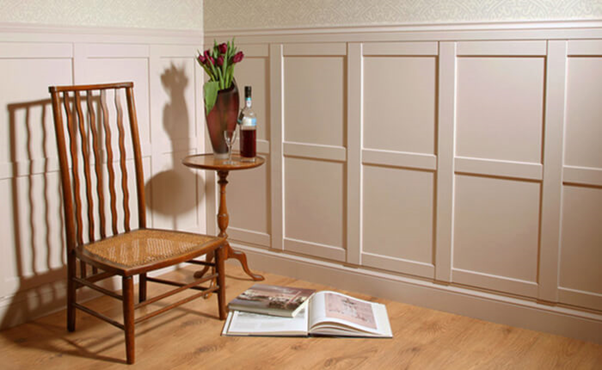Fire protection for wood
Wood is a combustible substate. Different types wood have different combustibility, based on fuel content. Wood is at the same time a fire-safe material. In a fire, untreated wood chars evenly at a rate of about 1 mm per minute, so its performance in a fire can be predicted accurately.The required fire resistance of wood structures are normally achieved by
· Adding the size of the structure
· Adding a protective cladding,
· Adding intumescent coating
· Using a non-combustible insulation material and
Improving the fire resistance of the wood structure with a fire-retardant treatment, that can be done by pressure or vacuum technology, by spraying, brushing or by dipping.
Fire protection requirement
The primary concern in fire protection is that the solution shall be
- Providing fire safety
- complying with building regulation requirements.
- visual requirement,
- durability
- health considerations
- environmental safety
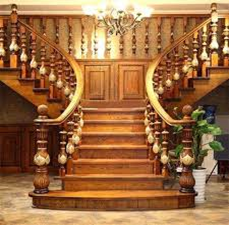
The solution must also be economical in terms of the cost-benefit ratio.
Fire protection type
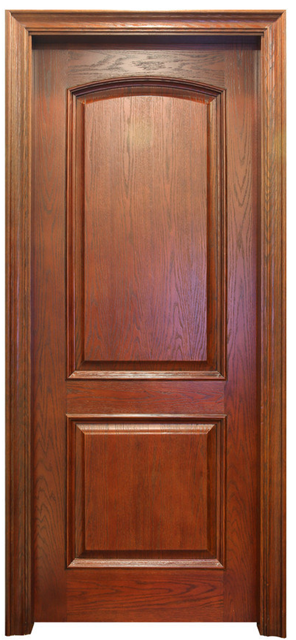
Flame-spread (Fire retardant rating) measure flammability and the spread of flame along a sample along with the amount of smoke developed when a product, material or system is exposed to a standard ignition source. One of the most common test methods used, these tests provides flammability performance properties of virtually all building materials. … The most commonly used flame-spread classifications are: Class I or A, with a 0-25 FSR; Class II or B with a 26-75 FSR; and Class III or C with a 76-200 FSR
Fire-resistance rating is determined by the ability of a product, system, or assembly to limit temperature rise on the unexposed side when tested in accordance with fire resistance test standards such as ASTM E119 or CAN/ULC S101. Passive fire protection systems are designed and tested to increase this endurance or to restore the rating when penetrations are made through a fire barrier.
How Is Fire Retardant Wood Made?
A high-pressure system is critical to the process because the wood cannot be considered fire retardant unless it has been completely infused with the chemicals. Surface treatments and partially infused wood are not acceptable for either fire code standards or the various manufacturing companies’ quality control systems.
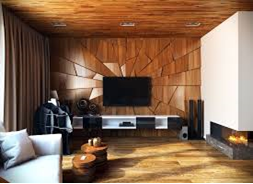
How Is wood treated for fire resistivity?
Fire resistance to wood is provided by applying intumescent coating. Intumescent paint in presence of fire undergoes reactions to form thick char, which creates a resistive layer for flame and conduction of heat. The fire resistant capabilities of a given material can be rated from 30 minutes to 60 minutes. To make sure any surfaces comply with this regulation, intumescent varnishes, paints or other coatings are applied to a surface to effectively stop a fire from breaching for the amount of time specified to that product e.g. a 30 minute fire retardant paint will hold a fire back for 30 minutes before it starts to burn through the protective surface coating. This level of resistance has to comply with BS 476 Parts 20 – 23 1987.
Standards for flame retardancy, Smoke generation
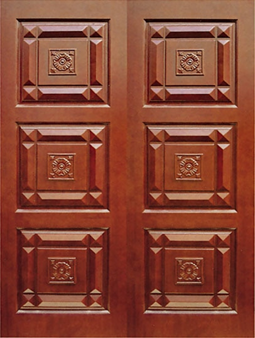
BS Standard Part 6/ 7
Class 1 – British Standard (BS) 476 part 7 is a coating that will delay both ignition and the spread of flames. Class 1 has now been replaced with Euroclass C – please see below for further information.
Class 0 – British Standard (BS) 476 part 6 is a protective coating that expands in the heat of a fire. The layer provides the wood with insulation and protection from the heat and also oxygen, so it cannot ignite and in doing so controls the spread of the fire. This layer is also known as an Intumescent paint coating. Class 0 has now been replaced with Euroclass B – please see below for further information.
European standard SFS-EN 13501-1 + A1
FLAMABILITY |
| SMOKE PRODUCTION |
| FLAMING DROPLET | |||
A1 | Do not contribute to a fire
|
S1 |
Smoke production is very limited |
|
d0 |
No flaming droplets | |
A2 | contribute to a fire extremely small extent |
| |||||
B | contribute to a fire to a very small extent |
S2 |
Smoke production is limited |
|
d1 |
Limited quantity of flaming droplets | |
C | contribute to a fire to a small extent |
| |||||
D | contribute to a fire to a limited extent (Untreated ) |
S3 |
Smoke production is not limited |
|
d2 |
Flaming droplets or particles are not limited | |
E | contribute to a fire to a moderate extent |
| |||||
Material Designation | Additional Requirements | European Class per | |
No Smoke | No Flaming Droplets | ||
Non-combustible | • | • | A1 |
• | • | A2 – s1 d0 | |
Combusts with difficulty | • | • | B, C – s1 d0 |
| • | B, C – s3 d0 | |
• |
| B, C – s1 d2 | |
|
| B, C – s3 d2 | |
Combusts over time |
| • | D – s3 d0 |
|
| D – s3 d2 | |
|
| E – d2 | |
Combusts easily |
|
| F |
Wood products with different treatments can, as a general rule, at most meet the requirements of Euroclass B-s1, d0. This means that the products contribute to a fire to a very small extent, their smoke production is very limited and they do not form flaming droplets or particles.
American Test Standards
Fire retardant materials are tested by Underwriters’ Laboratories Inc for flame spread in accordance with the requirements of their “Fire Hazard Classification of Building Materials” testing standard, known as UL 723 in the US and CAN/ULC S-102 in Canada. These test standards use as their basis the National Fire Protection Association’s “Method of Test of Surface Burning Characteristics of Building Materials” test standard, also known as NFPA 255, and American Society for Testing and Materials test standard, also known as ASTM E-84. However, the UL standards also measure fuel contributed.
Life Safety Code 101
In terms of fire safety, the majority of local building codes adhere to the recommendations laid down by the National Fire Protection Administration in their “Life Safety Code”. Section 101 of this code presents a classification system for fire retardants. The classification system is based upon the flame spread rating of retardant materials. The system features five divisions, represented by the letters A through E.
- ClassA fire retardants have a flame spread rating of between zero and 25. These materials are effective against severe fire Asbestos cement board has a rating of zero.
- Class B fireretardants have a flame spread rating of between 26 and 75. These materials are effective against moderate fire
- Class C fire retardants have a flame spread rating of between 76 and 200. These materials are effective against light fire exposure. The control materials are red oak, which has a flame spread rating of 100
- Class D materials have a flame spread rating of between 201 and 500. Class E materials have a flame spread rating of over 500. Class D and E materials are not considered effective against any fire exposure.
Requirement Code in case of wood :
NBC2016 (India)
- For wall, façade, Stair case and Corridors : Treated wood with very low flame spread.(Class 1 NBC)
- For rooms ceiling : Treated wood with low flame spread. (Class 2 NBC)
- Used as lining of walls and partition walls, Sports track : Treated wood with medium flame spread. (Class 3 NBC).
REQUIREMENT OF CERTIFICATION
IBC2015 ;
- Section 2303 provides every Fire retardant application would be inspected and certified.
- The wood surface shall be labelled
- Identification mark of approval agency
- Identification of treating agency
- The name of fire retardant treatment.
- The species of wood treated
- Flame spread and smoke development index
- Method of treatment and drying
- Conformance to standard
In pretty much all cases you can obtain a supply certificate for any projects you undertake. The main reason for a certificate is so that you can present it to your insurance company, Fire and Building Control Authority and submission to client records so that they can then confirm that you have complied with all relevant regulations and used the correct protective surface coating.
